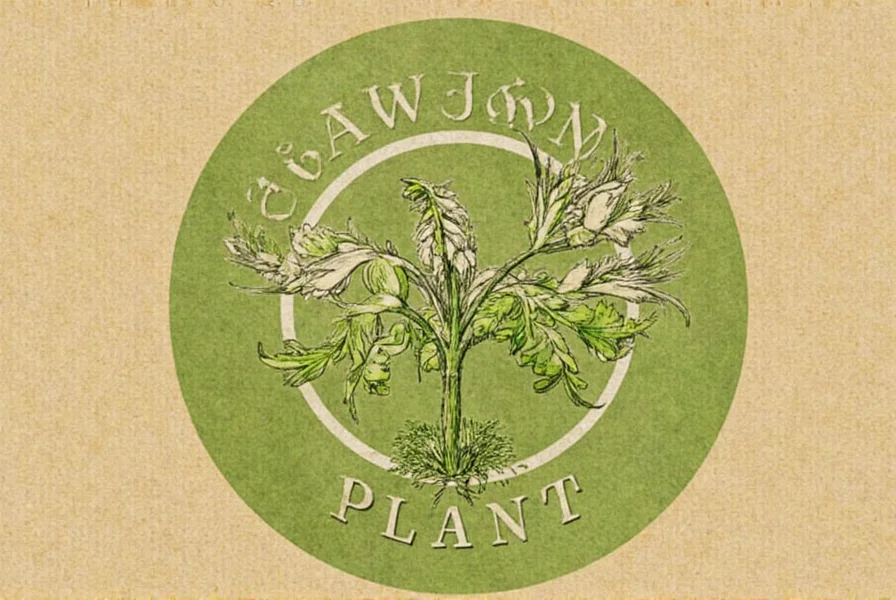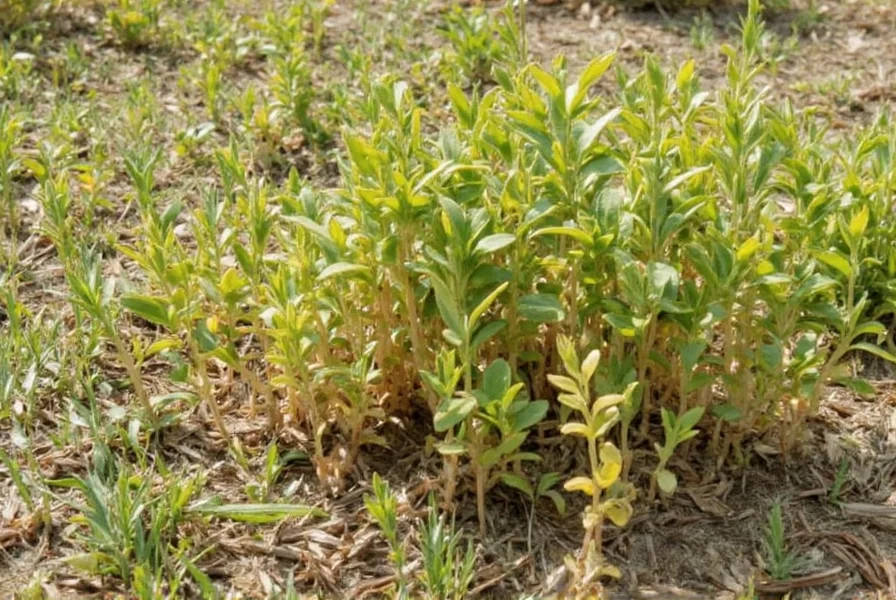Many home brewers and fermentation enthusiasts search for information about the mysterious 'alcoholic ginger beer plant,' often confused by the misleading name. Understanding this unique culture is essential for anyone interested in crafting authentic, traditionally fermented ginger beer with natural alcohol content.
What Exactly Is a Ginger Beer Plant?
Despite its name, the ginger beer plant bears no relation to botanical plants. It's a living microbial community composed of:
- Saccharomyces florentinus - The primary yeast responsible for alcohol production
- Lactobacillus hilgardii - The bacteria that creates tangy flavor notes
- Glucuronic acid-producing organisms - Contributing to the SCOBY's crystalline structure
This symbiotic culture forms small, translucent 'grains' or 'pearls' that resemble cauliflower florets. These grains multiply as they ferment, allowing brewers to share portions with others or maintain continuous batches.

Traditional vs. Modern Ginger Beer
Understanding the difference between traditional fermented ginger beer and modern commercial versions is crucial for anyone exploring naturally alcoholic ginger beer preparation:
| Characteristic | Traditional Alcoholic Ginger Beer | Commercial Non-Alcoholic Ginger Beer |
|---|---|---|
| Fermentation Process | Natural fermentation using ginger beer plant | Carbonation without fermentation |
| Alcohol Content | 0.5-3% ABV (varies by fermentation time) | 0% ABV (alcohol removed or never produced) |
| Probiotic Content | Rich in beneficial bacteria and yeast | Typically pasteurized, killing live cultures |
| Shelf Life | Weeks when refrigerated (continues fermenting) | Months (stable due to preservatives) |
Creating Authentic Alcoholic Ginger Beer
For those interested in home brewing alcoholic ginger beer with ginger beer plant, follow this time-tested method:
Basic Brewing Process
- Activate your culture: Place 2-3 tablespoons of ginger beer plant in a clean jar with 1 cup water, 2 tablespoons sugar, and 1 tablespoon grated ginger
- Feed daily: For 3-5 days, add equal parts water, sugar, and ginger to maintain the culture's vitality
- Create your brew: Combine 1 cup active culture with 4 cups water, 1 cup sugar, and 1/2 cup grated ginger
- Ferment: Cover with breathable cloth and let sit at room temperature for 2-5 days
- Bottle: Transfer to swing-top bottles, leaving 1-2 inches headspace, and store at room temperature for 1-3 days to carbonate
- Refrigerate: Chill to slow fermentation and enjoy within 2-3 weeks
The alcohol content develops naturally during fermentation. Longer fermentation times increase alcohol percentage but also decrease carbonation. For optimal alcoholic ginger beer plant results, maintain temperatures between 68-75°F (20-24°C) during primary fermentation.
Maintaining Your Ginger Beer Plant Culture
Proper care ensures your culture remains healthy for continuous brewing. Many beginners struggle with ginger beer plant maintenance for alcohol production due to common mistakes:
- Regular feeding: Change the liquid every 24-48 hours when storing between batches
- Clean equipment: Use non-chlorinated water and sterilized containers to prevent contamination
- Temperature control: Keep between 65-75°F (18-24°C) - extremes can damage the culture
- Gradual adjustments: When changing recipes, modify one ingredient at a time to monitor effects
A healthy culture will grow steadily, producing new 'grains' while maintaining consistent fermentation activity. If your ginger beer plant isn't producing alcohol, check for:
- Insufficient fermentation time (minimum 48 hours needed for noticeable alcohol)
- Temperature too low (slows yeast activity)
- Chlorine in water (kills beneficial microorganisms)
- Old or weakened culture (needs revitalization)

Safety Considerations for Homemade Alcoholic Ginger Beer
While home fermentation of alcoholic ginger beer is generally safe, follow these guidelines:
- Use proper airlocks or breathable covers to prevent contamination while allowing CO2 escape
- Avoid over-pressurizing bottles - 'bottle bombs' can occur with excessive carbonation
- Monitor alcohol content if serving to children, pregnant women, or those avoiding alcohol
- Discard any culture with mold, foul odors, or unusual colors
The natural alcohol content in traditionally fermented ginger beer typically ranges from 0.5-3% ABV, significantly lower than most beers or wines. This makes it a popular choice for those seeking mildly alcoholic fermented beverages with probiotic benefits.
Troubleshooting Common Issues
Even experienced brewers encounter challenges with their alcoholic ginger beer plant culture. Here's how to address frequent problems:
- Weak fermentation: Increase temperature slightly and ensure adequate sugar content (1 cup per gallon)
- Excessive sourness: Reduce fermentation time or decrease bacterial activity by using cooler temperatures
- No carbonation: Ensure proper bottling technique with adequate headspace and secondary fermentation time
- Culture not multiplying: Try adding a pinch of unrefined sugar or a small piece of organic lemon peel
Conclusion
The 'alcoholic ginger beer plant' represents a fascinating piece of fermentation history that continues to captivate home brewers today. Understanding that it's not actually a plant but a living microbial culture unlocks the door to creating authentic, naturally effervescent ginger beer with gentle alcohol content. By mastering ginger beer plant cultivation for traditional brewing, you gain access to a probiotic-rich beverage that connects modern enthusiasts with centuries-old fermentation traditions. Whether you're interested in the science behind the culture or simply want to brew your own refreshing homemade ginger beer, this unique SCOBY offers a rewarding entry point into the world of wild fermentation.











 浙公网安备
33010002000092号
浙公网安备
33010002000092号 浙B2-20120091-4
浙B2-20120091-4